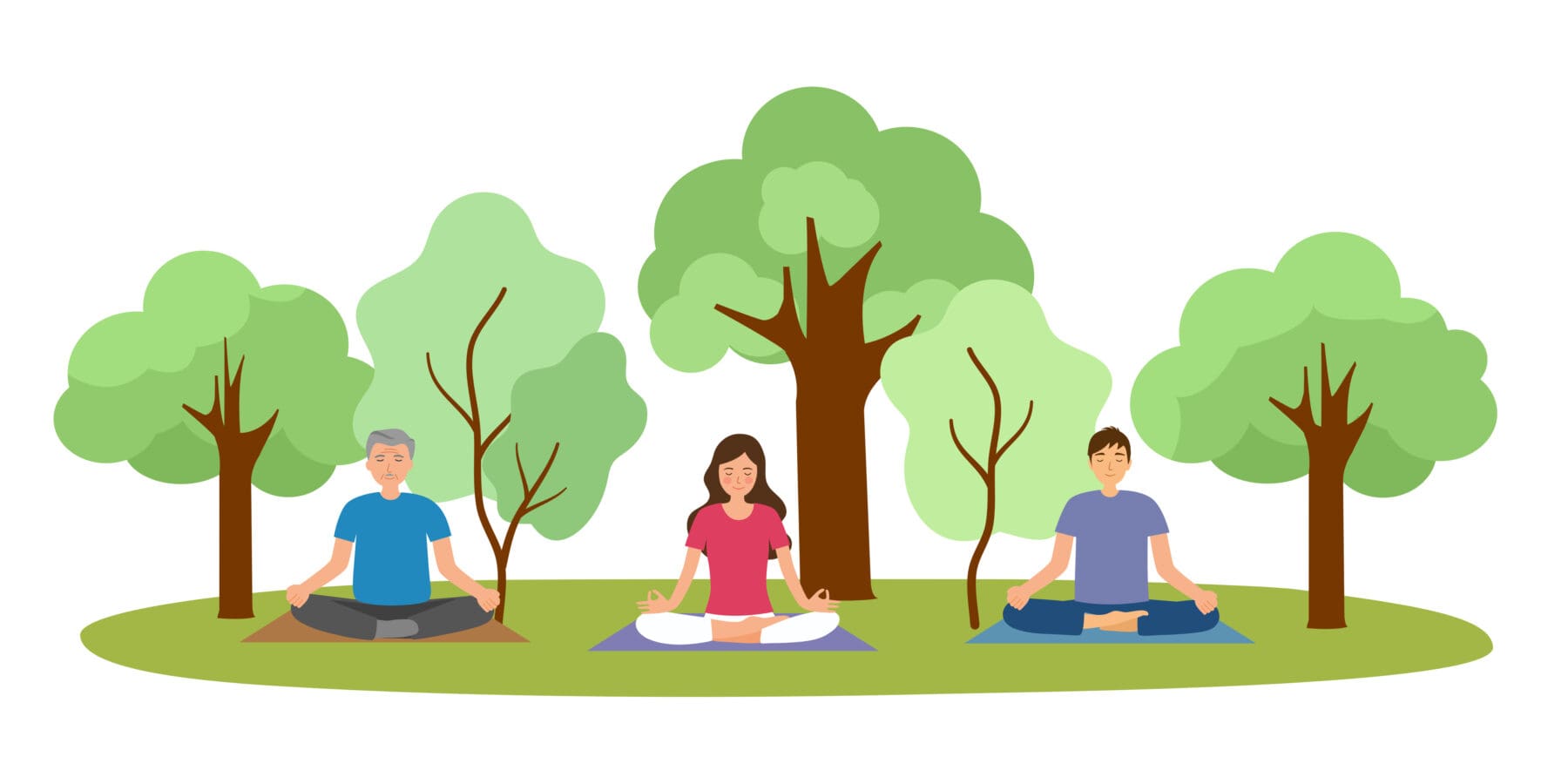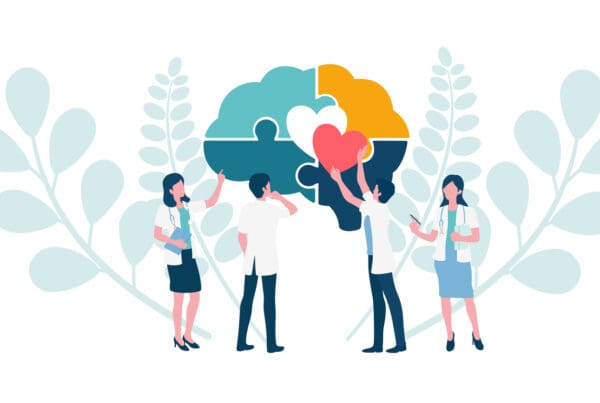The exercise was simple: Inhale for a count of five, then exhale for a count of five. Do that for 20 minutes, twice a day, for four weeks.
These brief breathing sessions had significant impacts: The study volunteers’ heart rate variability increased during each exercise period, and the levels of amyloid beta peptides circulating in their blood decreased over the four weeks of the experiment.
Led by USC Leonard Davis School of Gerontology Professor Mara Mather and published in the March 2023 issue of Nature Scientific Reports, the study may be the first to discover a way that adults, both young and old, can reduce their amyloid beta levels: via breathing exercises that lower the levels in our blood of these peptides associated with Alzheimer’s disease.
That’s because the way we breathe affects our heart rate, which in turn affects our nervous system and the way our brain produces proteins and clears them away. While we are awake and active, we typically use our sympathetic nervous system. This is sometimes known as the “fight or flight” system, but we also use it to exercise, to focus attention and even to help create long-lasting memories. While the sympathetic nervous system is activated, there isn’t much variation in the time between each heartbeat. In contrast, when the parasympathetic system is activated, heart rates increase during inhaling and decrease during exhaling.
When we’re young — or older, but very fit — our body slides easily between the sympathetic nervous system and its partner, the parasympathetic nervous system. Some times known as the “rest and digest” part of our system, the parasympathetic nervous system allows us to calm down, digest food easily and sleep soundly. When these kinds of activities occur, the variation between heartbeats is greater.
But as we age, our ability to access our parasympathetic nervous system — and thus, our heart rate variation — markedly decreases.
A 2020 study using smartwatches found that heart rate variability (HRV) drops on average 80% between ages 20 and 60. This finding could partially explain why we struggle to sleep deeply as we age.
“We know the sympathetic and parasympathetic systems influence the production and clearance of Alzheimer’s-related peptides and proteins,” said Mather, who directs the Emotion & Cognition Lab at the USC Leonard Davis School. “Nevertheless, there’s been very little research on how these physiological changes in aging might be contributing to the factors that make it conducive for someone to develop Alzheimer’s disease or not.”
Mather and fellow researchers from USC, the University of California, Irvine, and UCLA asked one group of participants to do biofeedback exercises with paced breathing twice a day, for 20 minutes at a time, and asked another group to simply think of calming activities or scenes. All the participants clipped a heart monitor onto their ear; that monitor was connected to a laptop the researchers provided.
The researchers took blood samples before the participants began the experiment and again after four weeks of biofeedback training. Then the researchers examined the plasma of participants from both groups, looking for amyloid beta peptides.
Accumulation of amyloid beta, or Aβ, in the brain due to increased production and/or decreased clearance is believed to trigger the Alzheimer’s disease process. In healthy adults who do not yet have signs of amyloid accumulation in the brain, higher levels of amyloid beta in circulating blood predicts a greater risk of developing Alzheimer’s
In Mather and colleagues’ study, plasma levels of both peptides decreased in the group that performed breathing exercises. The study appears to be the first to find that behavioral interventions can reduce the level of Aβ in plasma.
“At least to date, exercise interventions have not decreased Aβ levels,” said Mather. “Regularly practicing slow-paced breathing via HRV biofeedback may be a low-cost and low-risk way to reduce plasma Aβ levels and to keep them low throughout adulthood.”





